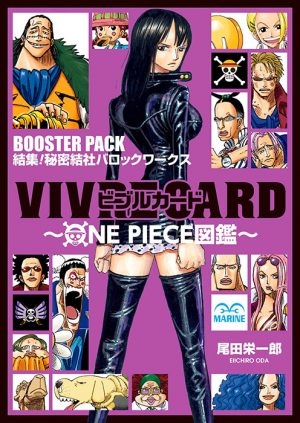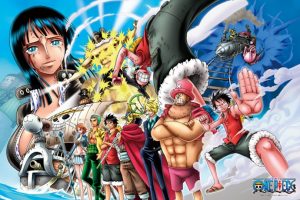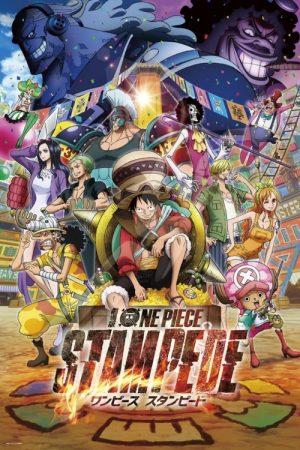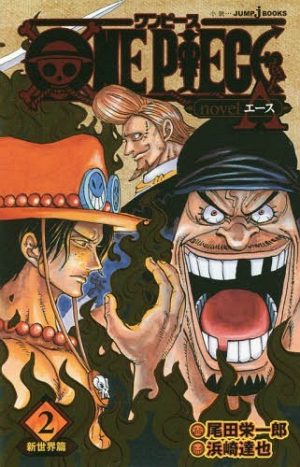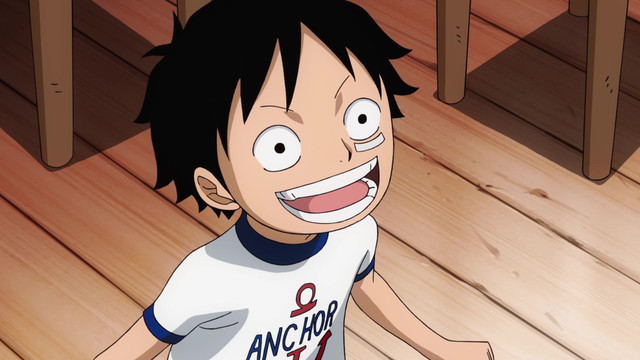
It’d be fair to say that One Piece is one of the longest-running, most cohesive narratives out there right now. It’s impressive how much the series has managed to evolve over the course of the past 20-some odd years, constantly building on its history and still wildly blowing our expectations out of the water.
Yet, so much of what we love about One Piece is actually set up as early as the East Blue Saga. Let’s take a look and see what the East Blue Saga does to drive manga readers’ and anime viewers’ expectations for the series!
Setting Up the Main Themes
It’s as simple as a fairy tale: bad guy is comically evil and the pure-hearted hero comes in and beats them up. This is One Piece in a nutshell. To achieve this child-like feel, the story perspective never once takes place from Luffy’s point of view. He must always be introduced to our new key figure in some bizarre fashion, whether it’s bursting out of a barrel the Alvida Pirates find drifting at sea, falling out of a bird’s mouth because he accidentally got eaten, or bouncing a stray cannonball from his rubber gut into a nearby restaurant. We get an internal dialogue of reactions from other characters, but we only ever see Luffy react. This turns Luffy into a blank slank for the reader to impose a mythic-like quality to his character, as he is the only one without clearly stated motivation. Even in his backstory with Shanks, Shanks is more our focal point than Luffy. Luffy is only there to absorb Shanks’ wisdom. He has one goal: to be King of the Pirates. Why? Who knows.
Yet, for as straightforward as these stories seem, their circumstances never are. There’s very little subtlety to the villains of East Blue: they’re all self-absorbed, power-obsessed megalomaniacs who love to revel in just how truly evil they are. Yet they get away with it because they either have the strength to back it up or can abuse the systems in place to put them in a position where they can. Our focal point during each new story is generally the person who has suffered or is at risk of suffering the most consequences from the villain’s plans, which forces them to do bad things. Coby joins the Alvida Pirates to avoid a vicious head-bonking. Nami becomes a thief to save Cocoyashi Village from Arlong, and so forth. It’s only when Luffy is introduced that everything makes sense. Freedom is achieved only when you tackle your problem straight on.
Setting Up the Power Dynamics
One Piece is a bit of an interesting beast when it comes to power levels. At the time of its release, it was actually bucking the trends of the time by shying away from complicated, step-by-step battles that Yu Yu Hakusho and Rurouni Kenshin implemented. Instead, One Piece took a Dragon Ball approach where the battles followed the age-old “rule of cool”: whatever is the more awesome, impressive-looking attack is the most powerful. This probably seems like an easy cop-out, but this can actually be surprisingly tricky to balance. Having a new villain that is just stronger than the last one gets dull pretty fast, but there needs to be a sense of progression for our hero or else it can feel like the story is going nowhere.
East Blue is really where One Piece hammers down the “power” levels by obscuring the actual strength of characters through a few key traits. There are only 3 characters who cause any sort of reasonable threat to the Straw Hat Pirates by their own strength: Buggy the Clown, Arlong, and Mihawk. Alvida, Kuro, and Don Kreig may be able to get a couple of hits in on Luffy, but the point of these fights is that Luffy overpowers them easily through his own grit and determination. Otherwise, the characters who actually cause a problem all have one of the 3 main qualities of strength in One Piece: Devil Fruit, Title, and Bounty. Buggy has the Chop-Chop Fruit, Mihawk is a Shichibukai, and Arlong has the highest bounty in the East Blue. What makes these work is how undefined they are, as they are all dependent on how the story's world judges the character, not the reader. If a character’s strength doesn’t match up with our expectations, we can blame the world government for setting the character’s bounty poorly, or that their Devil Fruit was a poor match-up against another character.
Of the three core traits of strength in One Piece, special emphasis is given to “Title” during its introduction with Mihawk. Zoro can’t land a single strike going all-out against Mihawk, who’s just playing with him by wielding a toy dagger. This immense power discrepancy makes Mihawk’s title of “Shichibukai” stand out more in our mind because it’s the only time we ever see one of our heroes so handily beaten by someone else. Because of this, we subconsciously ascribe more weight to the Title of a character more than their Devil Fruit or Bounty.
Foreshadowing
More than anything else, One Piece is known for its impressive foreshadowing. While we’re used to small details getting brought back up 10 years after the fact now, there are actually important ways that East Blue sets this up for the reader or viewer. The most notable example of this is actually a major callback that happens during the Captain Kuro story. We see in Kuro’s backstory that he hypnotized Captain Morgan into believing that Morgan actually caught Kuro, which is what led to his eventual arrogance. Not only does this explain Morgan’s behavior in retrospect and provide a richer world view, it also signals something subconsciously in you to remember to pay attention to details. You’ll get rewarded for it in the future.
Not only that, but there’s also the brief story of how Buggy and Alvida meet and team up. In the manga, these are known as “Cover Stories”, which are one-page illustrations that open a chapter and tell a short story over the course of 30-40 chapters. In the anime, only Buggy’s, Coby’s, and the Straw Hat separation stories were animated, which is a shame, as they serve as important world building. Even though often times the results of these stories often only show up hundreds of chapters later, they set up plot points without having to interrupt the main narrative. The Buggy and Alvida one is especially important as it’s the only one that has a payoff during the same saga it is introduced in. It tells you that it’s important to pay attention to these stories too because they’re going to come up again.
Final Thoughts
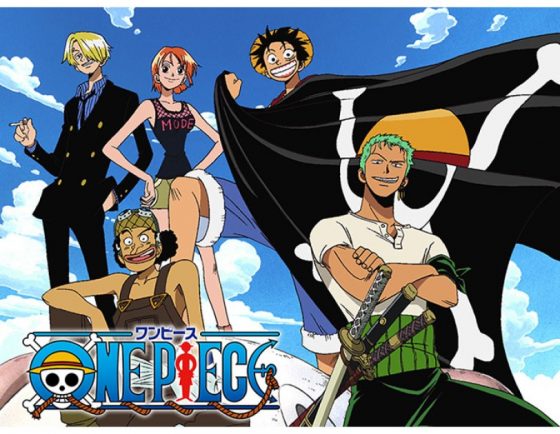
East Blue is important to One Piece for setting up the basic structure of the story, but there’s still so much more. Next time, we’ll be going over Baroque Works and cover how it expands on what was set up during East Blue!
Recommended Post
Looking Back on One Piece: Baroque Works
Recommended Post


